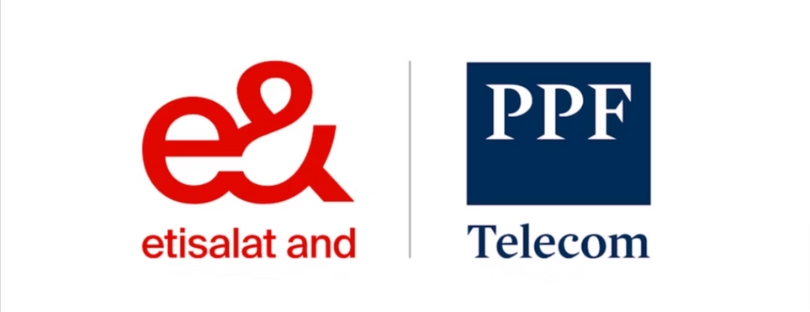
5G vs WiFi – Unveiling the Champions of Future Connectivity
The ever-evolving landscape of telecommunications constantly throws up intriguing questions. One of the most prominent debates occupying industry experts revolves around 5G and WiFi: which technology will reign supreme in the connectivity realm of tomorrow? 5G vs WiFi future
This article delves into the insights gleaned from a thought-provoking panel discussion at DTX London 2024, featuring industry veterans exploring the opportunities, challenges, and intertwined future of these two critical technologies.
The European Telecom Market: A Crossroads of Stagnation and Transformation
Before dissecting the 5G vs WiFi showdown, understanding the broader European telecom market dynamics is crucial. Stagnant revenue growth intensified competition from traditional and OTT players, and stringent regulations paint a challenging picture.
IDC, a leading research firm, sheds light on these issues through comprehensive programs. Their European 5G program reveals how price wars have squeezed margins, forcing telecom operators to grapple with balancing affordability with the substantial costs of 5G and fiber deployments.
The solution lies in diversification. Telecom operators are pivoting towards service innovation, heavily investing in digital solutions, and strategizing to unlock new revenue streams beyond simple connectivity. This is where the 5G vs WiFi conversation becomes particularly fascinating.
5G: A Game-Changer for Telecom Operators
5G, especially standalone (SA) networks, emerges as a lifeline for operators seeking to combat revenue stagnation and explore innovative business models. Here are five key aspects that solidify 5G SA as a cornerstone of future connectivity:
- Clean-Slate Architecture: Unlike its predecessors, 5G SA doesn’t rely on legacy technologies. This translates to optimized network design, enhanced opportunities for innovation, and superior flexibility. 5G vs WiFi future
- Cloud-Native Core: Built on a cloud-native foundation, 5G SA empowers operators to dynamically scale services, customize network slices, and adapt to evolving user needs in real-time.
- Mobile Private Networks (MPNs): Businesses can leverage MPNs to deploy secure, private 5G networks offering enhanced security, control, and reliability. This enables enterprises to run mission-critical applications independently, untethered from public networks.
- Network Slicing: This revolutionary feature allows the creation of virtual, customized networks catering to specific application requirements. Imagine ultra-reliable connectivity for autonomous vehicles or low-latency services for Smart Cities – network slicing makes it possible.
- Support for Key Traffic Types: 5G SA boasts unmatched flexibility. It seamlessly accommodates enhanced mobile broadband (eMBB), massive machine-type communications (mMTC), and ultra-reliable low-latency communication (URLLC), optimizing the network for a diverse range of use cases.
Despite its immense potential, 5G deployment in Europe has been slower than anticipated. Currently, only 18 operators in Western Europe have launched 5G SA networks, with just a handful commercializing network slicing capabilities.
WiFi: The Enduring Force
While 5G offers compelling advantages, WiFi remains a dominant force, particularly in residential and enterprise settings. Its ubiquity, ease of deployment, and lower cost make it an attractive choice for fixed-location connectivity. However, limitations in mobility, security, and reliability exist – areas where 5G shines.
The panel discussion emphasized how WiFi remains ideal for specific scenarios, like indoor environments or smaller businesses with less demanding connectivity needs. However, when mobility, low latency, and robust security are paramount, 5G emerges as the superior choice.
When 5G Outshines WiFi: Mobility, Security, and Beyond
IDC’s European 5G/IoT Survey 2024 underscores a growing demand for mobile connectivity that transcends fixed locations. Nearly 70% of respondents expressed a need for mobile solutions for supply chain monitoring, remote operations management, and ensuring connectivity in dynamic environments.
Security remains a top concern, with 33% of respondents identifying enhanced security for data transmission and communication as their primary challenge. This has led to a growing preference for keeping data in-house, with almost 49% of businesses citing trust and security concerns as a key factor.

Source: IDC European 5G/IoT Survey 2024, n =1,234
The Future: A Symphony of 5G and WiFi
The future of connectivity isn’t a zero-sum game between 5G and WiFi. Instead, these technologies are poised to complement each other, creating a harmonious symphony of connectivity.
As 5G continues to mature and expand, it will seamlessly integrate with existing WiFi networks. 5G can act as a backbone, providing high-capacity, low-latency connectivity, while WiFi can handle denser, localized traffic. This complementary approach will ensure optimal performance in various scenarios, from bustling urban environments to remote rural areas.
Moreover, advancements in WiFi technologies, such as WiFi 6E and WiFi 7, will further enhance its capabilities. These technologies offer faster speeds, lower latency, and improved efficiency, making WiFi a formidable force in the connectivity landscape.
Summary 5G vs WiFi future
In conclusion, the debate between 5G and WiFi is not about choosing a winner. Both technologies have their unique strengths and are essential for powering the networks of tomorrow. 5G‘s superior capabilities in mobility, security, and reliability make it ideal for demanding applications, while WiFi’s ubiquity and ease of deployment continue to make it a valuable asset. 5G vs WiFi
As 5G and WiFi evolve and converge, we can expect a future where these technologies work together seamlessly, delivering a seamless, secure, and high-performance connectivity experience.








